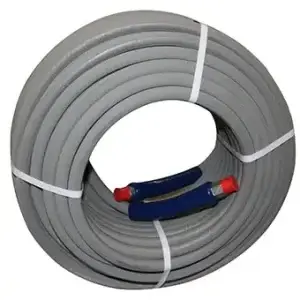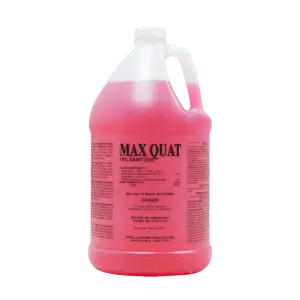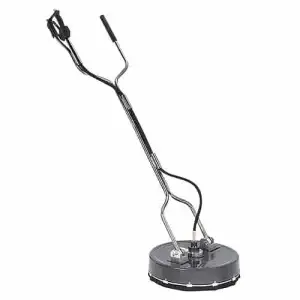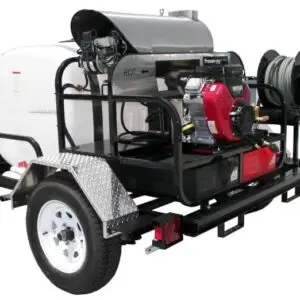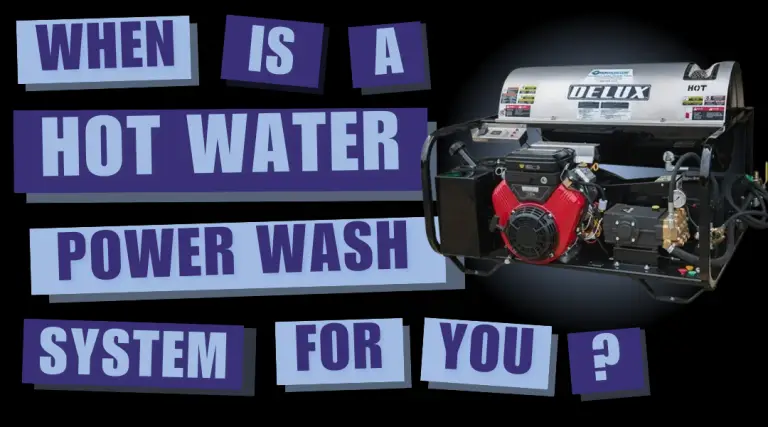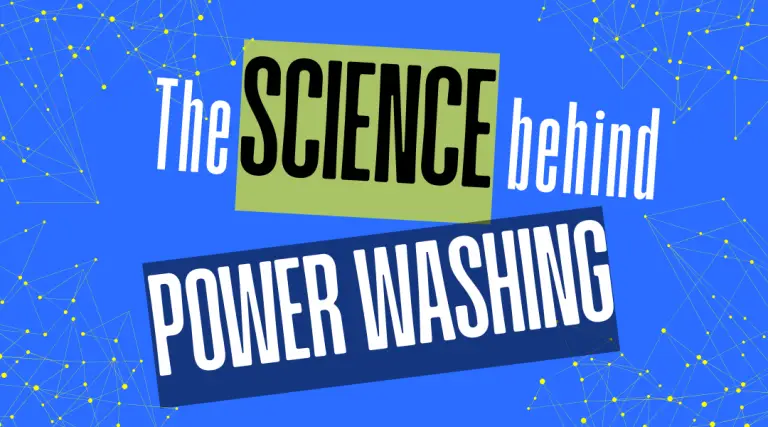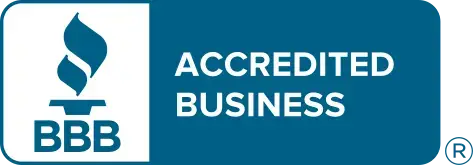- Home
- /
- Power Wash Basics
- /
- Understanding Mildew: What It Is and Why It’s Harmful
Subscribe To Our Newsletter
Stay in the know on the latest products, deals, events, tips & tricks.
Social Media
Popular Products
-
-
-
-
All Pressure Washers
Complete Professional Pressure Washing Trailer. The Tow Pro Trailer, Super Skid, Pro, VBelt, Gas, 20 Honda/General, 5.5@3500
$18,374.97
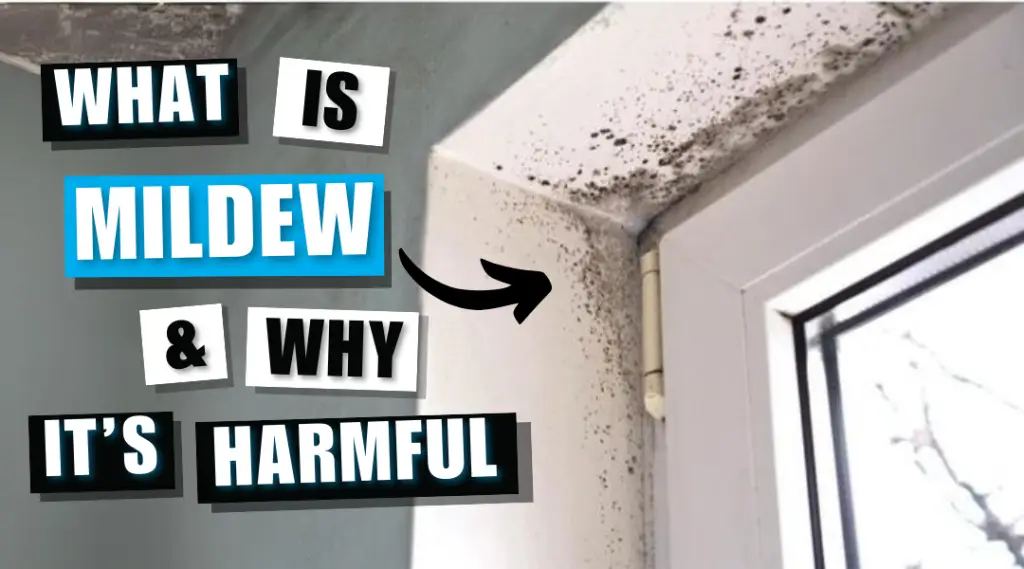
Understanding Mildew: What It Is and Why It’s Harmful
Mildew is a type of fungus that thrives in damp, warm environments, often appearing as a thin, powdery, or fluffy growth in colors like white, gray, or yellow. It can be found on a variety of surfaces, including walls, ceilings, fabrics, wood, and other organic materials. Although mildew is a form of mold, it’s distinct due to its flat growth pattern and lighter color.
Why Is Mildew Harmful?
1. Health Risks: Mildew is more than just an eyesore—it can significantly impact indoor air quality. Exposure to mildew spores can trigger allergies, asthma, and other respiratory issues. Symptoms like sneezing, coughing, throat irritation, and skin rashes are common, especially for those with weakened immune systems or pre-existing respiratory conditions.
2. Structural Damage: Over time, mildew can degrade organic materials such as wood and drywall, leading to structural weakening. For professionals in the cleaning industry, understanding the potential for long-term damage is crucial in preventing costly repairs and preserving the integrity of the buildings you service.
3. Unpleasant Odors and Aesthetic Damage: The musty smell associated with mildew can be pervasive and difficult to eliminate, affecting the overall ambiance of a space. Additionally, mildew can cause unsightly staining and discoloration, diminishing the aesthetic appeal of your client’s property.
How Professional Power Washing Can Help
As a professional in the contract cleaning or power washing industry, you play a pivotal role in combating mildew. Power washing, when executed with precision, can effectively remove mildew from a variety of surfaces. However, it’s essential to approach this task with a comprehensive strategy to ensure that mildew is not only removed but also kept at bay.
Best Practices for Eliminating Mildew
1. Assessment and Preparation: Begin by thoroughly assessing the extent of the mildew infestation. Identify the affected areas and determine the type of surface material. This information is vital in selecting the appropriate cleaning agents and water pressure settings.
2. Protecting Adjacent Areas: Before starting the power washing process, take care to protect nearby plants, electrical outlets, and surfaces that could be damaged by water or cleaning agents. This step is critical to avoid unintended damage and maintain the safety of the work area.
3. Use of Proper Cleaning Solutions: Apply a mildew-specific cleaner or an appropriate fungicide to the affected areas. Allow the solution to dwell for several minutes, giving it time to penetrate and break down the mildew at its roots. This step ensures a deeper clean and reduces the likelihood of mildew returning.
Pro Tip: For stubborn mildew, consider using a surfactant-based cleaner. Surfactants help to break the surface tension, allowing the cleaning solution to penetrate deeper into porous surfaces.
4. Power Washing with Controlled Pressure: Use a pressure washer equipped with a suitable nozzle to control the water pressure. Start with a low-pressure setting to avoid damaging the surface. Gradually increase the pressure until you find the optimal level that effectively removes the mildew without causing harm.
5. Hot Water Power Washing: Whenever possible, utilize hot water during the power washing process. Hot water is more effective at killing mildew spores and breaking down biofilms that protect the mildew.
Pro Tip: Integrating a downstream chemical injector can help in applying the cleaning solution with precision, ensuring it is evenly distributed and fully effective.
6. Rinsing and Drying: After power washing, thoroughly rinse the surface to remove any remaining mildew spores and cleaning agents. Proper drying is crucial, as damp surfaces are a breeding ground for mildew. Use fans or dehumidifiers if necessary to ensure complete drying.
7. Application of Preventive Treatments: After cleaning, apply a mildew-resistant sealant or protective coating. These treatments create a barrier against future mildew growth, helping to prolong the cleanliness and integrity of the surfaces.
8. Regular Maintenance and Inspections: Encourage clients to schedule regular maintenance and inspections to catch early signs of mildew and address them promptly. Regular upkeep not only prevents major infestations but also extends the life of the cleaned surfaces.
Common Mistakes to Avoid
1. Using Excessive Water Pressure: High pressure can damage softer materials like wood or siding, leading to costly repairs and creating an environment conducive to mildew re-growth. Always start with the lowest effective pressure.
2. Skipping the Cleaning Solution: Relying solely on water to remove mildew often leaves roots intact, leading to a faster recurrence. Always pair power washing with the appropriate cleaning agents.
3. Ignoring Safety Measures: Always wear protective gear, such as masks and gloves, to safeguard against exposure to mildew spores and cleaning chemicals. Safety should never be compromised.
4. Not Protecting Surrounding Areas: Failing to protect surrounding areas can result in damage from cleaning solutions or water pressure. Take the time to cover and shield adjacent spaces.
5. Using Bleach Indiscriminately: While bleach can be effective against mildew, it may damage certain materials and doesn’t always penetrate porous surfaces deeply enough to eliminate mildew roots. Additionally, bleach can release harmful fumes.
6. Skipping Proper Drying: Ensuring that surfaces are completely dry post-cleaning is crucial to prevent mildew from returning. Use fans, dehumidifiers, or even the natural drying power of sunlight to achieve this.
Pro Tip: After drying, suggest to clients that they monitor humidity levels in the affected areas. High humidity is a key factor in mildew growth, and controlling it can help prevent future issues.
7. Overlooking Preventive Measures: Failing to apply a protective treatment after cleaning can result in quick mildew regrowth. Preventive measures are a crucial final step in the cleaning process.
Conclusion
Mildew is a serious concern that goes beyond mere aesthetics—it poses health risks and can lead to significant property damage. As a professional, your expertise in power washing is vital in effectively eliminating mildew and preventing its return. By following industry best practices and avoiding common mistakes, you can deliver outstanding results for your clients, ensuring both their health and property are well protected.
Share This Post
More To Explore
Tax Benefits For Power Washing Professionals
Navigating the complexities of tax planning can be a daunting task for power washing professionals, yet it’s a crucial aspect …
Top 5 Must-Have Attachments to Elevate Your Power Washing Efficiency and Precision
Attachments for power washing systems are essential tools that significantly enhance the effectiveness, speed, and precision of professional cleaning jobs. …
When Should You Get A Hot Water Power Wash Machine?
When a Hot Water Power Washing System is Your Best Choice When deciding between a hot water power washing machine …
The Science Behing Power Washing
The Science Behind Effective Power Washing The science behind power washing is a balance of pressure, water, and chemical solutions …



